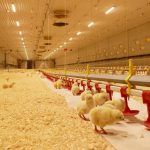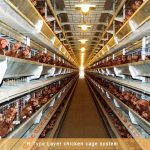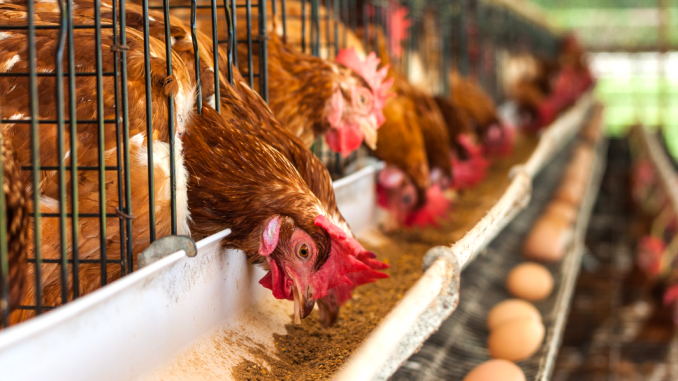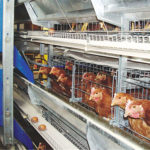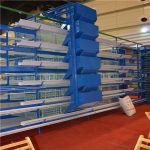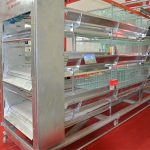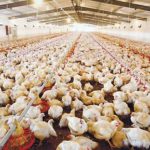Automated chicken raising and the use of cages are the popular chicken raising methods in the chicken industry and the continuous development of the chicken industry. And the chicken cage is the main equipment for modern chicken raising. The so-called chicken cages are used to raise chickens in cages welded with wire, and then use some automated chicken equipment to automate chickens. So how do farmers use automaticchicken battery cagesto raise chickens? The authors will focus on the following.
Although the help of these devices can provide a better environment for the flock, it does not mean that the flock can grow healthy all the time. The high-quality equipment and the scientific and reasonable breeding management of the farmers can better breed the chickens and increase the benefits for the farmers. The main feeding management points for using chicken cages to raise chickens are:
1. Feed nutrition: Chicken cages raise chickens and chickens have limitations. All the nutrients that chickens can obtain are all based on feeding ingredients. Farmers want to make chickens grow fast and feed conversion rate is high. To play, it is necessary to feed the chicken with a full-price feed of high energy and high protein. In addition, the full-price feed of the nutrients required for each growth stage of the chicken is different, and the farmer should adjust it at any time.
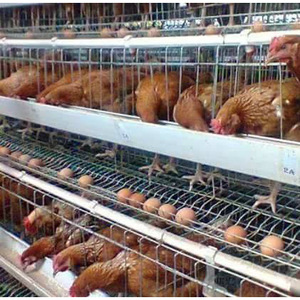
2. The environmental condition of the chicken house: The density of raising chickens in chicken cages is relatively large, and the suitability of the chicken house environment seriously affects the growth of the chickens. Farmers must control the temperature and humidity of the house. The temperature at 1 day of age is controlled at 33 ° C to 34 ° C. The temperature at 7 days of age was lowered to 30 ° C to 31 ° C. Later, as the chicks age, the temperature drops by 2 ° C ~ 3 ° C per week. At 35 days of age, the house temperature is controlled between 19 ° C and 20 ° C. In particular, it is necessary to gradually reduce the ambient temperature of the house, so that the temperature difference of the house does not exceed 1 °C per day, so as to avoid cold stress. The humidity of the chicken in the first week is controlled at 60% to 65%. Later, with the increase of age, the humidity is controlled within the range of 50% to 70%. In addition, reasonable ventilation every day is a guarantee for the healthy and rapid growth of chickens.
3. Light control technology: Light has an effect on laying hens and broiler chickens.Broiler rearing equipmenthouses are generally closed, suitable for lighting and manual and light equipment, generally after the first one. 24 hours of lighting in 3 days, other hours of 23 hours of light, 1 hour of darkness, this 1 hour of darkness is to let the flocks get used to, once the power outage, will not cause chicken riots.
4. Drinking water management: Water is to help the chickens to digest the feed and regulate the temperature. The lack of drinking water leads to the elimination of the chicken products and affects the health. In the daily management of the chicken, the management of water is very important. In order to ensure that the chicks can drink water from the age of 1 day, and ensure that the chicks can find the water source within 3m. Consider the first week of broiler brooding, with an additional water polo or other auxiliary drinking water equipment for every 80 to 100 chicks while using the automated waterline.
The above four points are the author’s point of feeding management usingautomated poultry farming equipment. I hope that the above description can help farmers.


